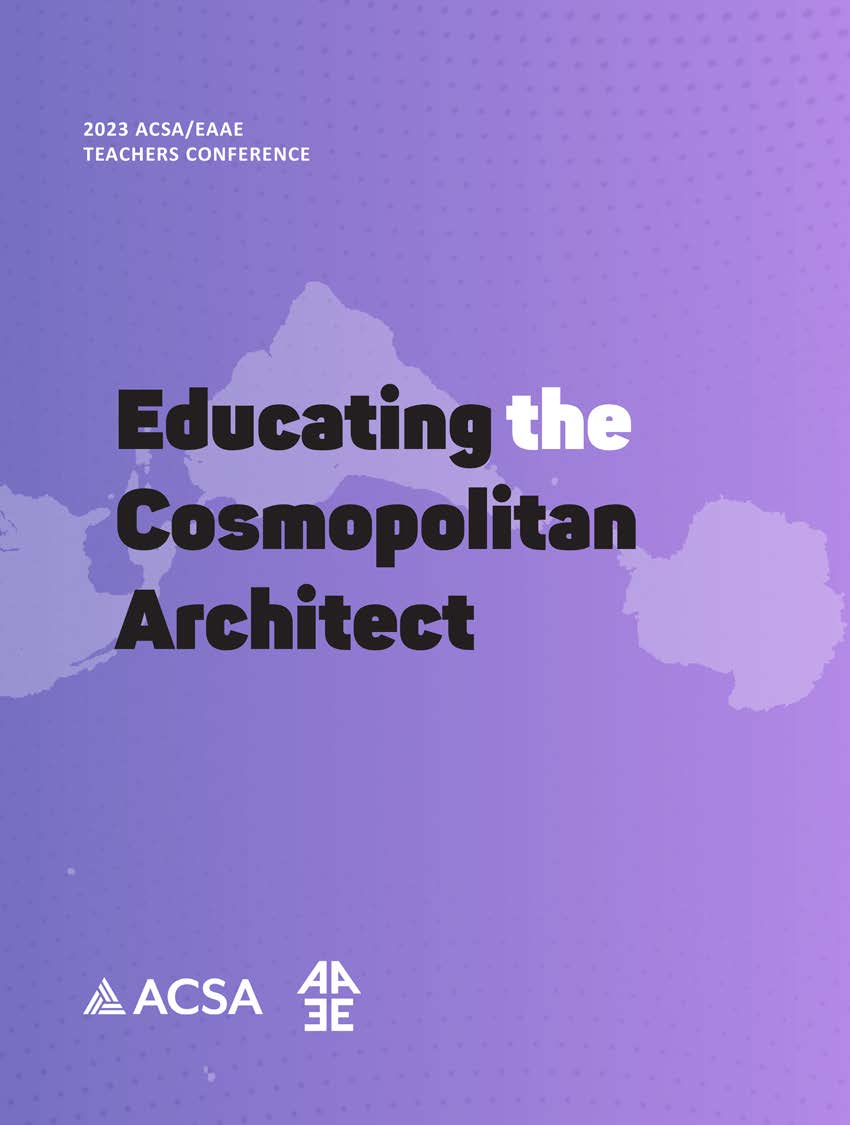Author(s): Debbie Chen
This paper focuses on the increased application of game design to complex issues of environmental stewardship, infrastructural policy, and resource management in architectural pedagogy. Educators who introduce game design to architectural frameworks experiment with new ways to work on the built environment that model observation, collaboration and process rather than fixate on top-down, prescriptive approaches to solution-making. Borrowing Mary Flanagan’s term of critical play,1 game design within architectural education nurtures the development of ethical professionals who acknowledge and appreciate the ecology of forces influencing the built environment as relational, fluid, and mutable. Gameplay within architectural pedagogy also supports the development of co-creative partners who expand the agency of architecture beyond the conventions of the discipline to an expanded understanding of environmental agency that interfaces with multiple stakeholders. The application of gameplay to architectural projects on the environment move the discourse away from singular, didactic models of design and towards rhizomatic, systematic, and cooperative frameworks that simultaneously empower and establish the dependency of architects on other agents of change.
https://doi.org/10.35483/ACSA.Teach.2023.62
Volume Editors
Massimo Santanicchia
ISBN
978-1-944214-44-9

 Study Architecture
Study Architecture  ProPEL
ProPEL 
